The Euclid District: How St. Louis’ Central West End Became a Model for Urban Revitalization
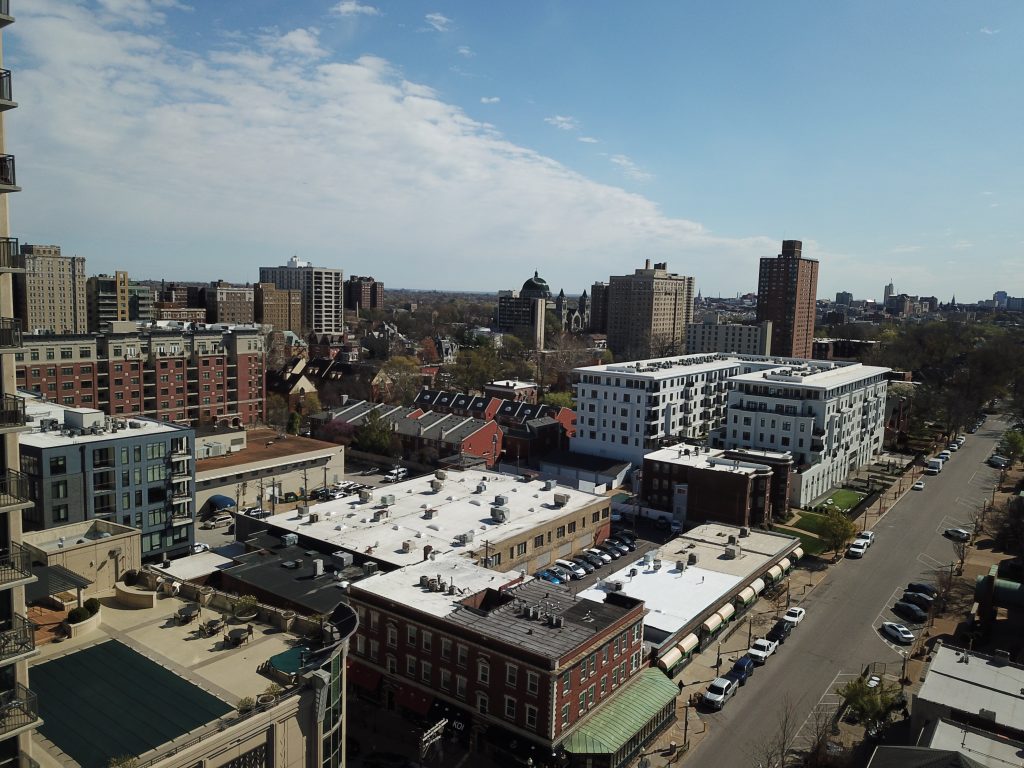
If you’ve walked along Euclid Avenue in St. Louis lately, you’ve probably felt that undeniable energy. From vibrant cafés and boutique shops to world-class healthcare institutions and tree-lined sidewalks, the Euclid District in the Central West End (CWE) has evolved into one of the city’s most dynamic and desirable neighborhoods. But behind its current success lies a story of transformation, one driven by decades of strategic planning, community investment, and a vision shared by institutions and residents alike.
The Euclid District lies at the very heart of the Central West End, stretching along North and South Euclid Avenue, just east of Forest Park, one of the largest urban parks in the country and the historic site of the 1904 World’s Fair. Surrounded by architectural gems and anchored by renowned institutions like Barnes-Jewish Hospital and Washington University School of Medicine, this corridor offers an impressive variety of experiences in just a few walkable blocks. Here, you’ll find everything from art galleries and bookstores to trendy restaurants, rooftop bars, and historic mansions that tell the story of St. Louis’ past and present.
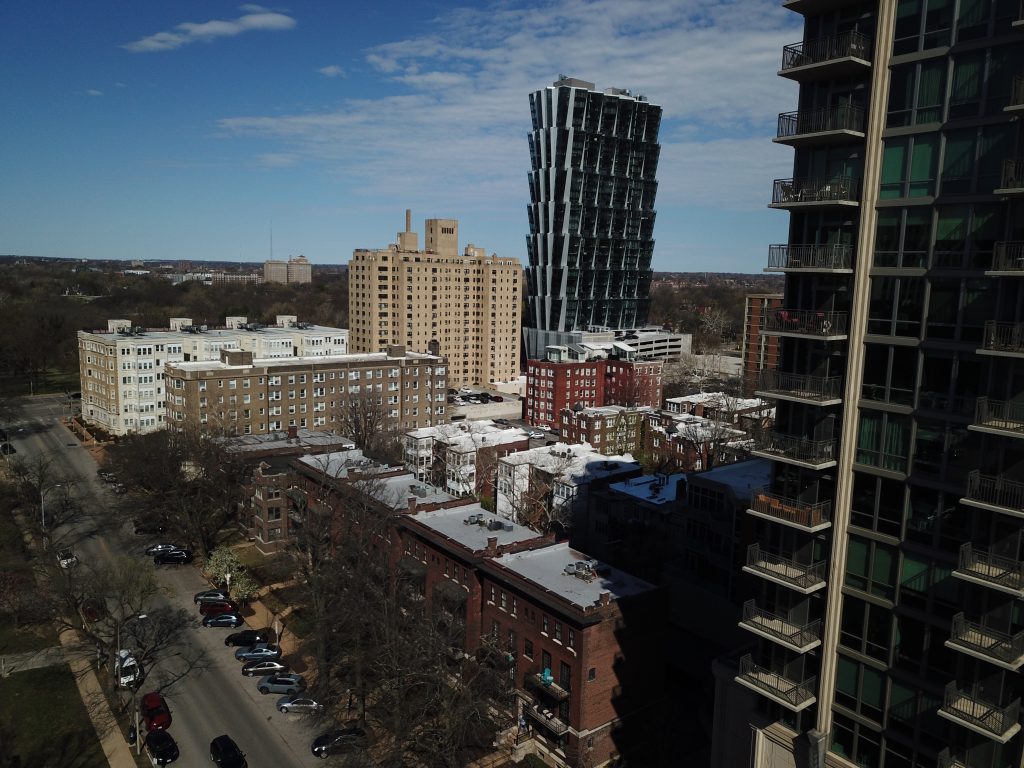
But the vibrancy we see today wasn’t always given. Like many American urban neighborhoods, the Euclid District faced serious challenges during the second half of the 20th century. As suburbanization took hold, St. Louis’ population declined, and disinvestment set in. Once-busy blocks grew quiet, retail storefronts shuttered, and historic buildings fell into disrepair. Concerns about safety and quality of life increased, and what was once a thriving pedestrian-friendly corridor began to lose its identity.
By the 1980s, the need for revitalization was urgent and that call was answered by the Washington University Medical Center Redevelopment Corporation (WUMCRC). Formed in 1973 as a joint initiative by BJC HealthCare and Washington University School of Medicine, WUMCRC was created to stabilize and improve the neighborhoods surrounding the medical campus, including the Euclid District. But rather than take a top-down approach, the organization prioritized collaboration, investing in long-term strategies that balanced physical upgrades with social and economic support.
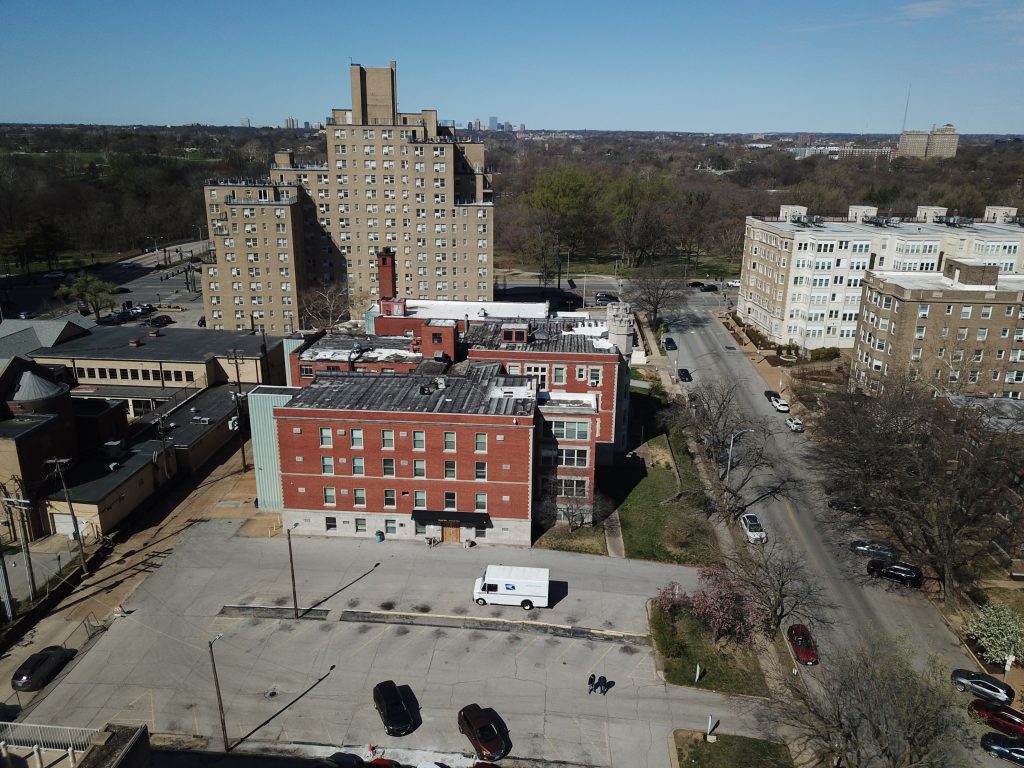
WUMCRC’s efforts went beyond cosmetic fixes. Their mission included rebuilding and modernizing infrastructure, supporting small local businesses, restoring historic housing stock, increasing safety, and promoting inclusive growth. By engaging with residents, property owners, and business leaders, they crafted a comprehensive approach to neighborhood development that emphasized equity and sustainability.
The results of this investment are hard to miss. Euclid Avenue was reimagined as a welcoming, walkable, and safe commercial corridor. Streetscape upgrades wider sidewalks, better lighting, public landscaping, and bike lanes helped make the area more attractive and accessible. Vacant storefronts were brought back to life with support from façade improvement grants and small business assistance programs. Local entrepreneurs opened new businesses, while existing ones were able to grow and thrive.
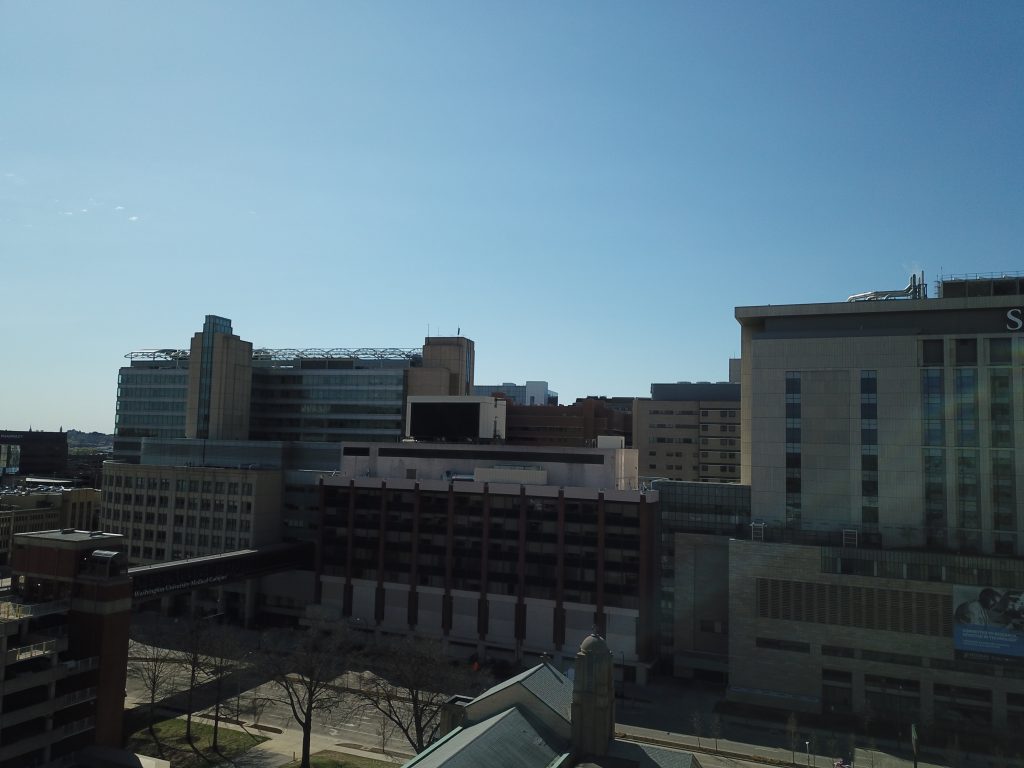
In time, the district earned a new name: the CWE Scene, a curated mix of lifestyle, dining, wellness, and cultural offerings that has become a magnet for both locals and tourists. Institutions like The Chase Park Plaza continue to anchor the district, while neighborhood favorites like Left Bank Books and Mission Taco Joint reflect the unique flavor of the Central West End. All this activity, supported by thoughtful planning and community engagement, helped transform the Euclid District from a struggling area into one of the most celebrated neighborhoods in St. Louis.
In 2014, the American Planning Association recognized the Central West End as one of its Great Neighborhoods in America, highlighting its walkability, historic preservation, and vibrant public realm. That recognition helped solidify what many St. Louisans already knew: the Euclid District wasn’t just making a comeback it was setting a new standard for urban revitalization.
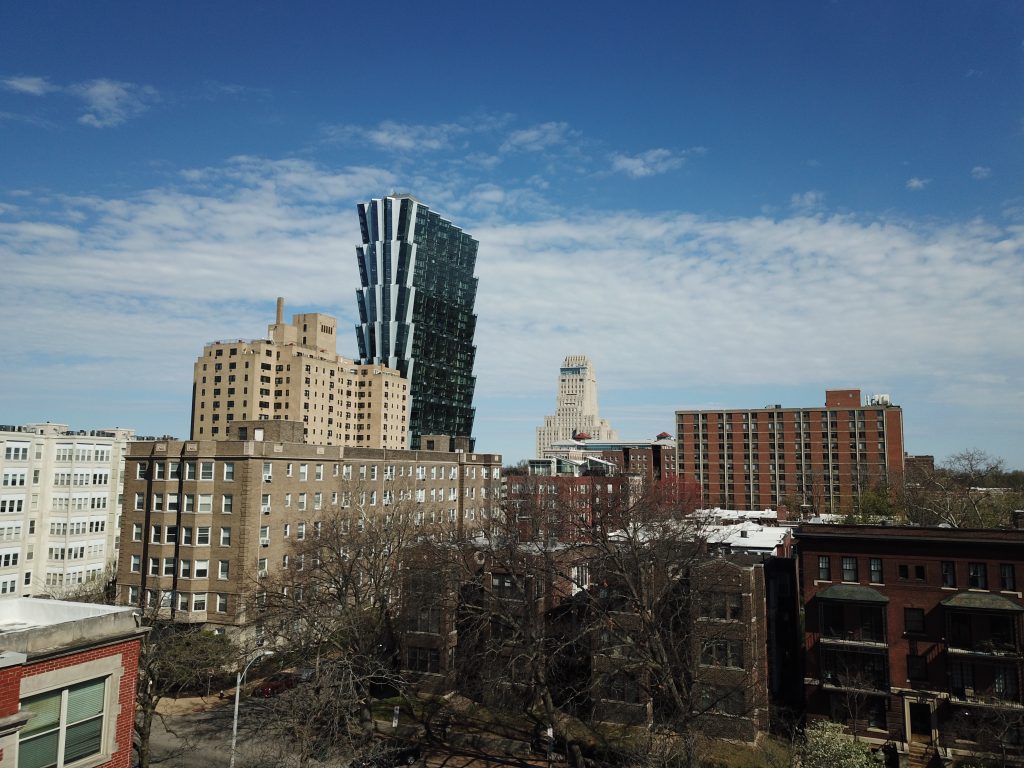
The ripple effects of this transformation have been felt citywide. Job creation, business development, and population growth in and around the Euclid District have helped strengthen St. Louis’ economy and improve the city’s image. The district now contributes significantly to the city’s tax base, and its success has inspired efforts in other neighborhoods looking to balance growth with preservation and inclusivity.
However, with success comes new challenges. As property values rise and demand for housing increases, there are growing concerns about affordability and displacement. WUMCRC and its partners are actively working to ensure that the neighborhood’s growth remains equitable. Ongoing efforts include supporting minority- and women-owned businesses, investing in affordable housing solutions, preserving historic buildings, and expanding public transportation options to better connect residents to jobs and services.
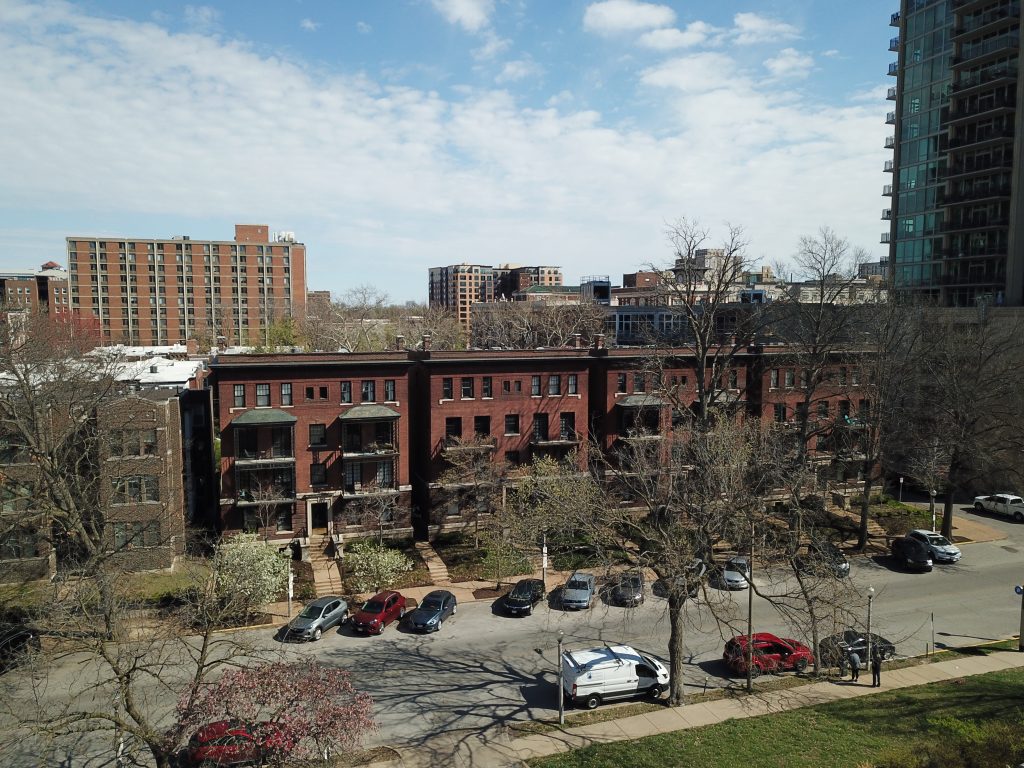
The future of the Euclid District will depend on maintaining this balance. While new developments continue to reshape the skyline, the neighborhood’s unique identity is blend of old and new, local and global, history and innovation must remain at the forefront. Continued collaboration between public institutions, private developers, and the community will be essential in ensuring that the district grows with purpose and integrity.
Today, the Euclid District is not just a revitalized neighborhood, it’s a national model for urban redevelopment. It proves that when public institutions, local communities, and private stakeholders come together with a shared purpose, even neighborhoods facing long-term decline can come back stronger than ever. What was once a fading corridor is now one of St. Louis’ most thriving and inspiring districts a testament to the power of community-driven progress, thoughtful investment, and a vision that values both people and place.
Copyright © 2025 Washington University Medical Center Redevelopment Corporation

